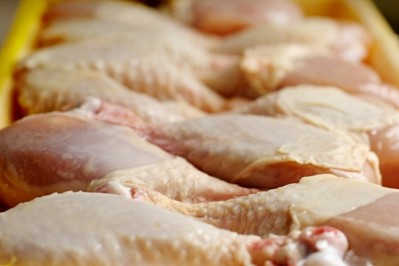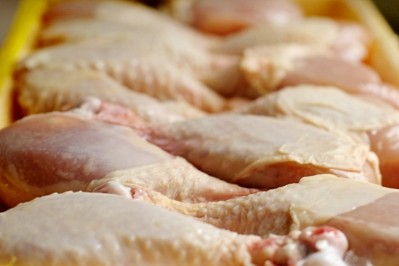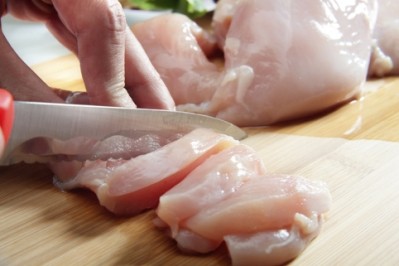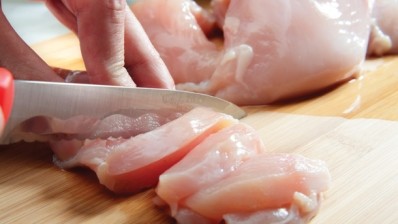Campylobacter: ‘Supermarket bosses should hang heads in shame’
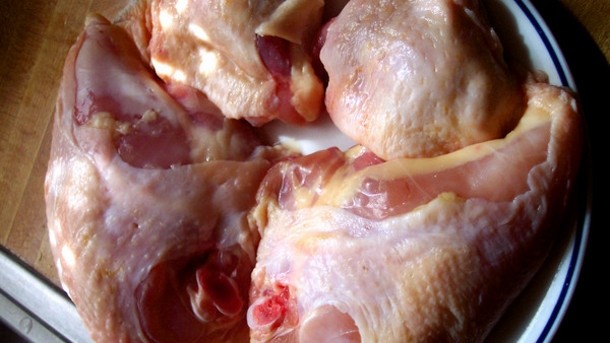
FSA results released today (November 27) showed the level of campylobacter contamination had risen from 59% to at least 70% of the chickens sold by supermarkets.
Which? executive director, Richard Lloyd, said the results were a damning indictment of supermarkets. “Consumers will be rightly shocked at the failure of trusted household brands to stem the tide of increasingly high levels of campylobacter. Supermarket bosses should hang their heads in shame,” he said.
‘Scandously high levels’
“It's now vital that the industry cleans up its act and works hard to restore consumer confidence. We want to see supermarkets not only publishing effective plans that tackle these scandalously high levels but also demonstrate they're taking real action to make chicken safe.”
The British Retail Consortium (BRC) acknowledged the results revealed no way had yet been found to prevent the presence of campylobacter in raw chicken. But supermarkets were striving, in partnership with other groups, to find solutions, said BRC’s director food and sustainability Andrew Opie.
“Supermarkets are working even harder to find solutions to help consumers such as leak-proof packaging for all raw chicken and new roast in the bag products – this is our top priority for food safety,” said Opie.
Retailers, farmers and producers have been working with the FSA and the Department for Environment, Food and Rural Affairs for many years as part of the joint government and industry campylobacter working group, he added. Millions have been invested into researching solutions for eradicating the bacterium.
‘Cost of chicken increases’
Opie acknowledged that preventing infections could add to the price of chicken at supermarket checkouts. “There has been concern that implementing a solution to prevent campylobacter will mean the cost of chicken increases but we believe any increase should be small and in our competitive market retailers will work with their suppliers to do everything they can to avoid passing this on to consumers,” he said.
National Farmers Union (NFU) poultry board chairman Duncan Priestner resassured consumers poultry meat was completely safe to eat, provided they followed guidelines on the correct handling, storage, preparation and cooking of the meat.
“However, we realise that this consumer advice is not the be all and end all in tackling the problem,” said Priestner. “That’s why the NFU and its members have been working closely to reduce the incidences of campylobacter in chicken. Our farmers take biosecurity extremely seriously, and we are heavily invested in exploring other avenues, such as new methods like rapid surface chilling; sonosteam techniques; more on-farm testing; new packaging; new scientific research; the sharing of best practice and much more.”
The British Poultry Council said the data released from six months of sampling showed that all producers and retailers have levels in the same range. “The difference between upper and lower in overall level of campylobacter in flocks is not statistically significant when examined against confidence intervals. This reinforces how universal and challenging the issue is and the complex nature of campylobacter,” it said. The first half of 2014 was said to reflect the historical trend of campylobacter peaking in the summer months.
Read which retailers fared worst in the FSA’s name and shame report here.
Campylobacter causes more than 280,000 cases of food poisoning and 100 deaths a year.
